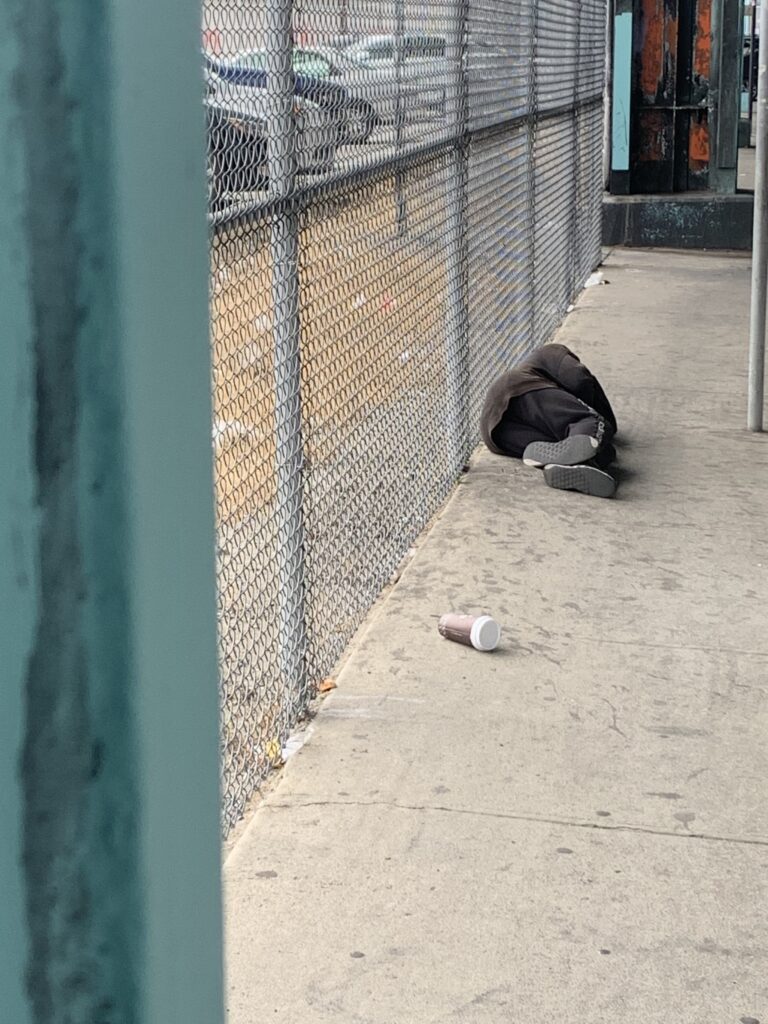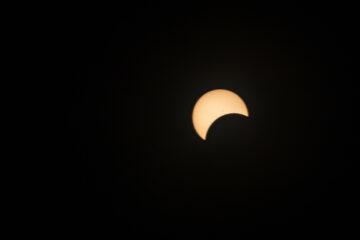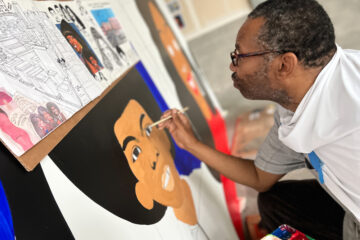The Great Divide: San Francisco Journalist’s Latest Project Aims to Humanize the Homeless
BY LEE WYATT
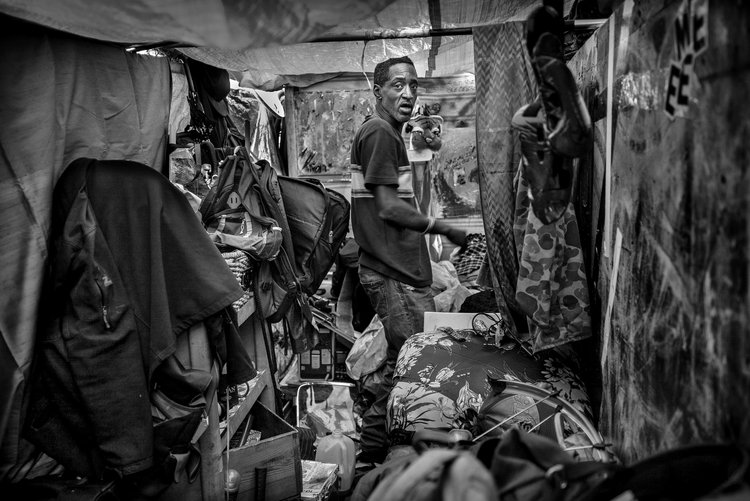
16 Feb 2017: Corey Trosclair, 46 at his encampment at Divison and San Bruno. Photo by Robert Gumpert
Born and raised in Los Angeles, photojournalist and author Robert Gumpert is no stranger to homelessness, “Growing up it really affects you…” recalling what is widely referred to as Skid Row in L.A. “Homelessness is not exactly a new issue,” he commented “and unfortunately the way they want to deal with it, isn’t new either.”
“Ultimately the solution is housing, housing and support… Housing is not enough, you’ve got to give people a fighting chance,” Gumpert says sincerely.
Robert Gumpert moved to the Potrero Hill neighborhood in 1983 and has lived in the same house for 39 years. In his 48 years of journalism, Gumpert gravitated towards long term projects. “[I] Always focused on social, economic, political issues…” he tells me… finding the daily news cycles tedious and sensationalized; more reminiscent of PR campaigns as opposed to actual news. During his last project he spent over 13 years visiting Bay Area jails doing portraits and conducting interviews with inmates. Not knowing at the time, it would lead to his latest book, Division Street.
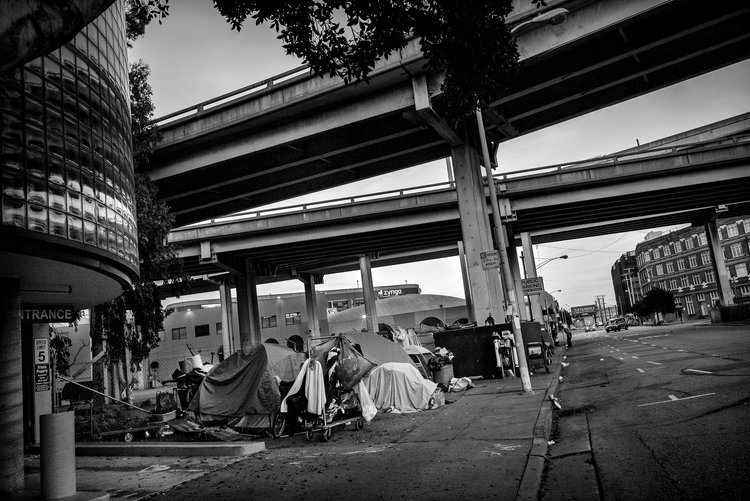
San Francisco, CA. Brannan near 9th. AirBnb 880 building is around the corner and Zynga can be seen in the background. To the left is a building occupied until recently by Dolby. There are perhaps 20-25 people living in this encampment at any given time at the southern end of SoMa. Robert Gumpert/Redux
In 2014, Gumpert would sometimes run into former inmates, now unhoused, and ask them about their lives on the street. Becoming fully invested in the project by 2016, when the Superbowl came to San Francisco. Efforts to hide the city’s homeless issue from the public eye and national media culminated in the city moving a large population of the unhoused to Division Street, the name almost perfect in its terrible way, and a fitting title for Gumpert’s book. It sits at the bottom of Potrero Hill, considered to be among the more ‘wealthy’ and ‘affluent’ neighborhoods in the city. The juxtaposition of congregations of unhoused sleeping in tents and on sidewalks of rubbish, while just above homes costing millions of dollars with Tesla’s lining every block, sit proudly, almost mockingly and silent. The disparity, completely visible from up on the hill… most people, it would seem, just avoid looking down.
While working on the project, Gumpert was informed of the seemingly “maniacal removal” of homeless encampments. He tells me of an instance around 12th and Mission to Market Street, where the city “took people’s property,” or “made people throw away their own property.” They ‘swept’ this same area 6 times over the course of 10 days.
“Sweeps are a major part of what San Francisco does, it destroys community, and with community, everything that comes with that,” he explains, “safety, friendship, companionship, support, mental health. [no] retention of belongings… that has consequences.”
“I did this long project on criminal justice, I spent a year, year and a half with beat cops in the Tenderloin. They routinely got calls from (former mayor) Willie Brown that he wanted the streets clean.” Gumpert recalled, “The city dealt with it the same way… call the cops, tell them to move them.”
After 6 years of photography, interviews and information gathering, Robert Gumpert’s newest project, Division Street, is aptly divided into 2 sections. The first half contains photos of found text, graffiti and messages from the streets also including media headlines and politicians’ characterizations on homelessness. Including social media posts and excerpts from apps like NextDoor. The second half of the book contains first person narratives and interviews with portraits of unhoused people and families.
“Homeless families truly are invisible,” he stated frankly.
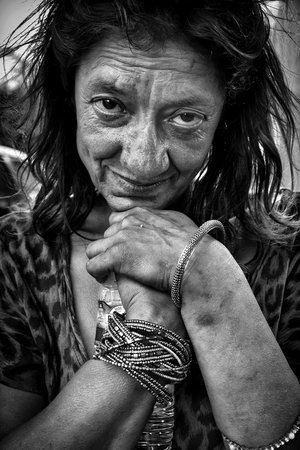
25 July 2015: San Francisco, CA. USA. Area around the Design Center. Homeless. Helia Silva from Boston. Photo by Robert Gumpert
Gumpert conducted most of his interviews at a health and family services center on the border of Potrero Hill and Division Street. “Compass was kind enough to let me do this,” Gumpert, with a grateful tone explains. There he asked families if they wanted to “pose for a photo and talk about what home meant,” giving them the picture, and often times something simple, like a pair of socks… recollecting, people showing “appreciation out of proportion” to these small, simple gestures. Admitting this was “the hardest to come to grips with; how little it takes for folks on the street to be thankful… I mean appallingly little.” And for Gumpert, it is “confirmation we are all basically looking for the same things.” “Somehow we have to demonstrate to folks that society gives a damn about everybody,” and that they are not “less valued.”
“There’s the myth, people choose to live this way,” Gumpert explains. “Most of the folks I’ve talked to really would like a place where they weren’t treated like children or in jail… But as if they’re adults and if they need help, the help is there.” While there is outreach, there are usually very few beds available. In many cases the ‘help’ provided has “strings attached” and a long list of rules. Some examples being… no couples, no more then 2 bags, no guests, no pets and not being allowed to come and go freely.

21 Feb 2016: San Francisco, CA. Homelessness along Division Street corridor. Destiny Vargas at her tent, Division and S. Van Ness. Photo by Robert Gumpert
We agree there is no “quick fix” on the issue of homelessness, with so many variables to consider. “Ultimately the solution is housing, housing and support… Housing is not enough, you’ve got to give people a fighting chance,” Gumpert says sincerely. “Part of having a civil society is treating our fellow members like human beings… On an individual basis that might be nothing more than just saying ‘Hi’, and on a governmental basis, its making sure people have what they need to carry on.”

10 Oct 2016: San Francisco, CA. SOMA along Towsend east to baseball stadium. Photo by Robert Gumpert.
I asked Gumpert what he wants people to take away from Division Street? “The best I think I could hope for is, that the book will cause people to at least stop a moment and think about attitudes and how things could change if we wanted them too… That some people will at least look at the unhoused in a different way,” not starting “from a position of fear.”



